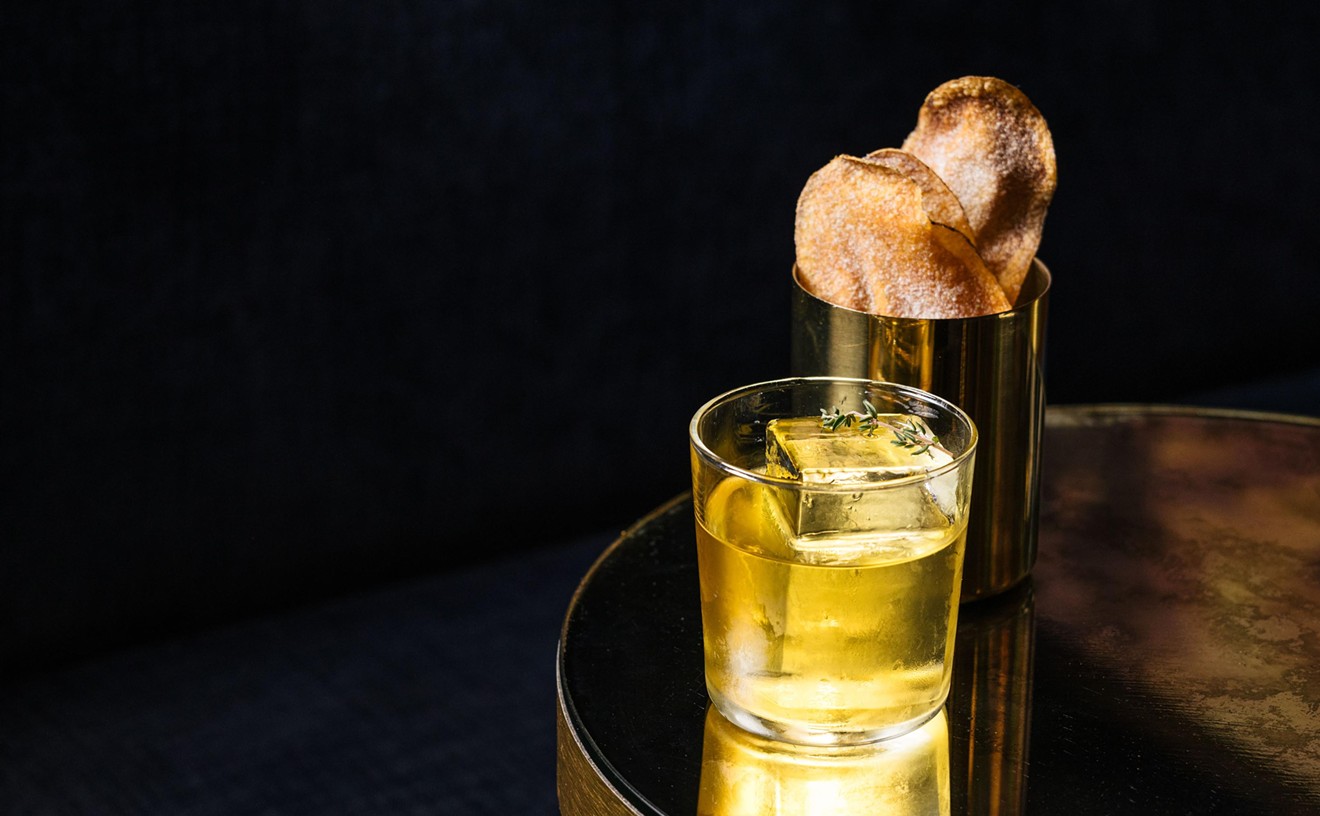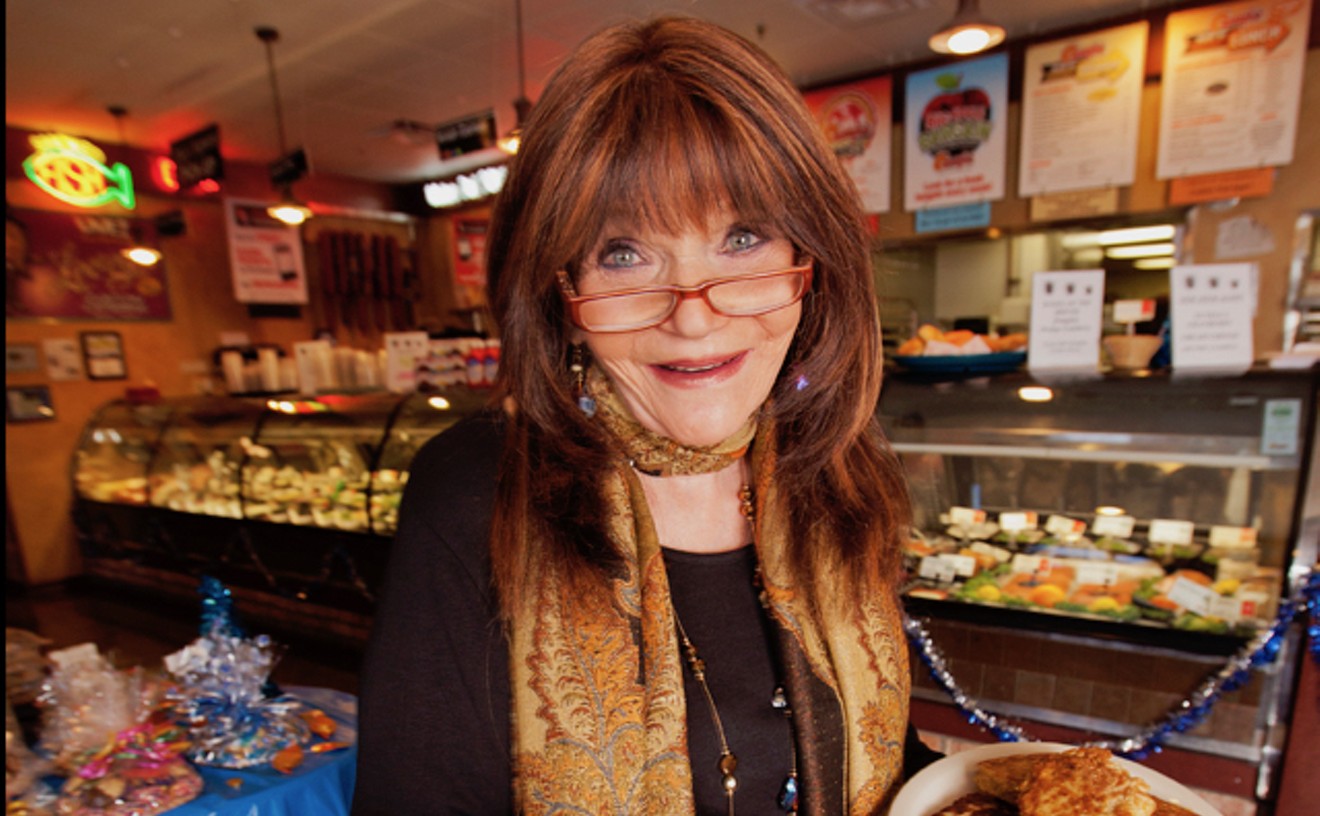I'm a Seoul man.
Despite the explosion of Asian ethnic restaurants in the Valley, you can still count the number of Korean restaurants here on one hand, without having to use your thumb.
Why so few? Korean food has never enjoyed the cachet of other Far Eastern fare. Chinese cuisine is arguably the world's most sophisticated. In Japan, where chefs are considered artists, you find unsurpassed delicacy and refinement. Thai food is complexly and vigorously seasoned, a knockout blend of exotic flavors. Vietnamese dishes manage to combine subtlety with intrigue.
The Land of the Morning Calm, however, can't match its neighbors' culinary reputation. Korean fare is much more basic, more straightforward. If this food were music, every song would feature a three-note bass line: soy, hot chile pepper, garlic. The opportunity for creativity and the scope for invention seem pretty limited. You might well think that Korean food can't get beyond potent and predictable.
But structure doesn't have to become a straitjacket. After all, the masters of haiku can get across the most profound thoughts in 17 syllables. Blues musicians plumb the depths of emotion using just three chords. Photographers create powerful images working in black and white.
The culinary arts are no different from the literary, musical or visual arts. Despite its limitations, the Korean kitchen can still work magic.
And it's the kind of magic most Americans should take to. That's because Korean cuisine features what we love best -- beef. Moreover, it's prepared the way we like it best -- grilled.
To test my theory, make your way to Arisoo, which has been operating in the wilds of Chandler for about 18 months.
Arisoo is the ancient name for the Han River, which runs through Seoul. The H2O theme is represented by a stylized painting on the wall. Korean diners -- and they seem to make up most of Arisoo's clientele -- get another homeland cue from the huge photo of Seoul at dusk, set over the bar. The booths are set off by lashed wood posts, to which thin-slatted wooden mats are attached. Management assumes you're able to wield chopsticks -- you'll have to ask for silverware. Oddly enough, you're just as likely to hear piped-in Engelbert Humperdinck as you are to hear what sounded like Asian-techno-pop.
But the key decor feature figures directly in the dining experience: That's the gas grill, built into most of Arisoo's tables. When the time comes, you'll be doing your own cooking on it.
But not right away. Although appetizers aren't a key component of the Hermit Kingdom's gastronomy, one of them is worth zeroing in on. Think of bin dae duk as Korean pancakes, two starchy disks flecked with scallions and red pepper. Swish them in the pungent dipping sauce, and you'll see just how the marriage of taste and texture ought to be consummated.
Man du will also look familiar. They're the Korean version of Chinese pot stickers and Japanese gyoza, unexceptional, doughy, skillet-fried dumplings stuffed with meat. Kim bap -- defined as a "seaweed roll" on the menu -- is another starter option. Take a pass. It's sushi, and not particularly memorable sushi at that.
After the appetizer prelude, it's time for the main act. The "Gui" section of the menu offers about a dozen grilled Korean meat dishes. Some, like beef intestines and thin-sliced beef tongue, are strictly for homesick natives. Others, though, wouldn't be out of place on your backyard grill at a weekend cookout.
Gal bi are my favorite, short ribs steeped in a lusty soy marinade. Your server will bring over a big platter of them, then take out a pair of scissors and snip the meat away from the bone. Next, she'll set down little bowls of spicy pickled veggie condiments, all sparked with garlic and hot pepper. Among them: cabbage, radish, broccoli, bean sprouts, potatoes, cucumber and zucchini. Bowls of bean paste, rice, garlic and jalapeño pepper, along with a pile of lettuce leaves, complete the picture.
Once she fires up the gas grill, her work is done. Now it's your turn to play Korean cook. Grab the tongs and throw the meat on the flames.
While the beef is sizzling, take a lettuce leaf and spread on a bit of bean paste, a dab of rice and your favorite condiments. Then, when the meat is done just the way you like, add it to the mix. Roll up the greenery (think of it as a lettuce burrito) and munch happily away.
Come here with a group of four, and you can have your own grilling party. Along with gal bi, you'll find such nonthreatening animal protein as bul gogi (thin slices of marinated beef tenderloin), dak bul gogi (chicken), and deaji bul gogi (pork).
If you want to put your server to work, order jun gol. These are hot pot dishes, served for two, prepared on a Sterno-fired portable grill at the table. The seafood version brings together noodles, veggies and a small mix of ocean fare -- shrimp, crab and mussels. They're simmered in a chile-packed broth that will have you mopping your brow for the next hour.
Korean food, as you may have surmised, is not for the faint of taste bud. Generally, the farther from the equator you travel, the blander the fare -- the world's spiciest cuisines come from the tropics. Korea, though, is the exception. Garlic is used in amounts that could keep Transylvania free of vampires for decades. The chile heat, meanwhile, wouldn't seem out of place in Jamaica.
If that's the sort of intensity you crave, Arisoo puts out a trio of dishes that can turn you into a human blowtorch. Our server tried to warn us away from bi bim neng myun, a cold noodle plate that, she said, Westerners can't handle. I can see her point: The rubbery noodles (that's how they're supposed to be) are flecked with a bit of radish and meat, and tossed in hot, smoky red pepper sauce that sticks around for about 24 hours. If you can deal with it, you'll find the flavors are marvelously intense.
Galbi uguju tang is a bubbling, hearty, meal-in-an-earthenware-bowl that's better suited to a frigid Seoul winter than a steamy Valley summer. But if you can work yourself up into a state of disbelief, you may enjoy the mix of short ribs and cabbage simmered in a latently spicy broth that will rearrange your body's thermostat on the drive home.
Nak ji bok eum, a mix of calamari and veggies, will also put a hurting on you, in more ways than one. If the ferocious red chile sauce doesn't get you, the tooth-resistant squid will. I loved the flavors here, but it's disconcerting to chew on something that has all the tender properties of the Sunday newspaper's rubber band.
What's the best way to deal with the heat? Beer is a traditional fire extinguisher, but Korean beers aren't terribly long on taste. About the only thing the two brands offered here, OB and Hite, have going for them is that they're served ice cold.
If you prefer, you can opt for milder dishes, some more interesting than others. Se wu jun are shrimp, butterflied, battered and pan-fried. After the first couple of crustaceans, however, you've pretty much plumbed the culinary depths.
Chap che is probably Korea's signature noodle dish, vermicelli stir-fried with beef and veggies, in a mild, fragrant sauce.
Honors, however, go to the eye-catching dol sot bi bim bop, one of my all-time favorite ethnic dishes. A sizzling stoneware vessel comes heaped with rice, on top of which beef, veggies and a fried egg have been artfully layered. Your task: mix up all the ingredients, adding a red chile pepper paste to taste. I especially like how the pot makes the rice so wonderfully crunchy.
For some reason, Arisoo finds it necessary to add a few Japanese items to the menu. Perhaps the proprietor worries that Korean fare alone isn't enough to sustain business in the east Valley. When I asked the server about the Japanese fare, she shrugged noncommittally. Then, after I pressed her, she shook her head from side to side.
Her discouragement seems warranted, if udong, a Japanese noodle soup, is any guide. Touched with a bit of meat and "krab," it's not nearly in the same class as the models you find at Japanese restaurants elsewhere.
If you're not Korean, be grateful there's no dessert list. Asian desserts, I've found, rarely appeal to Western tastes, and Korean treats don't translate well at all. Once, a Korean neighbor brought over several Old Country delights for me to sample. If you'd like to get an idea of the taste and texture, bite off and chew on the eraser of a No. 2 pencil.
Instead, at meal's end, you'll receive a cold drink, a sweetened rice beverage that, according to our waitress, "is good for the digestion." I don't doubt it -- anything that tastes like this has to be good for you.
With its inexpensive, tasty native eats, served by folks who want you to have a good time, Arisoo makes for a fun, offbeat ethnic experience. If that's the kind of experience you enjoy, this Seoul train makes all the stops.










